BIRD OF THE WEEK - THE EUROPEAN STARLING

Yes, the starling is not on the top of the list for most bird lovers. When they flock to our gardens, we immediately "curse the gods" and worry for the safety of our regular birds who visit our backyard.
These little flyers are smart, creative and a wonder to watch! In this "Bird of the Week" we will learn to "love our (cute) enemies”, respect the starling and find ways, if that is your wish, to avoid them!
In case you missed last weeks bird-of-the-week: The Pileated Woodpecker.
How did they get here?
In 1890, a German immigrant named Eugene Schieffelin released 60 starlings into Central Park, NYC.
No, this wasn’t a circus act. Schieffelin was a man with lofty ideas: he decided it would be delightful to introduce all birds mentioned in Shakespeare’s plays to North America. (I don’t know how he got through customs with all those birds - obviously things were different 130 years ago!)
The starling is in William Shakespeare’s Henry VI, part 1:

(In the play, Hotspur, an English knight rebelling against the King, fantasizes about ways to torment him, such as teaching a starling to say "Mortimer" - one of the king's enemies.) Shakespeare knew that starlings, like parrots, can mimic almost anything, so why not annoy the king (in the play) by teaching a starling how to say Mortimer!
Shakespeare was a avid bird fan and used over 60 species of birds his plays such as crows in Romeo and Juliet, owls in Macbeth and King Lear. Birds and poetry go hand in hand, wing in wing.
Because of that one mention of starlings in Shakespeare's play, more than 200 million European Starlings spread wing from Alaska all the way to Mexico. Starlings are a noisy little bunch and some consider them pests, but have a lot going for them starting with how they look!
Starry, Starry night

Let's get to know our little immigrant:
These stout little flyers are the size of blackbirds with short square-shaped tails. In flight their wings look translucent.
In the summer the adults have glossy black feathers with iridescent pinks, greens and reds and little star-shaped dots, essentially looking like a starry night. The dots disappear come winter.
The female starlings looks less glossy and shiny than the male opposites. To differentiate between the two, look at their bills: it depends on their diet which effects the coloring, but the females have pinker bills while the males have blueish bills. I guess their baby-showers also have pink and blue gifts!
The juveniles look completely different with a gray-brown plumage.
The normal lifespan of a starling is around 15 years. The oldest Starling recorded reached the ripe old age of 22 years and 11 months! That really says something about their survival skills.
What do starlings eat?
Starlings, like blackbirds, have gaping abilities. Gaping is the bird's ability to open its bill forcibly against some pressure, so it can, for example, push its bill into the base of a grass clump and forcibly open it to reveal the insects that may be hidden inside.
Their diverse diet includes insects, (natural pesticides,) spiders, grains, worms, fruit, and seeds as well as feed livestock feed and garbage.
Starlings are attracted to seed and suet feeders, but they can prevent smaller birds from approaching.
Starling love
Starlings are mainly monogamous, although males have been seen to change mates between broods.
Mating begins in late February all the way through June. The male digs out a nesting site and places dried leaves, moss or lichen inside and then for the final touch, adds herbs to repel insects! Smart little thing. He even decorates the nest with flowers to attract the females. (One step short of a candle lit dinner!) Now that's some fancy nest building!
Once he has built the nest, comes the waiting.
When the female finally comes along, he flaps and waves his wings, sings a merry tune and flies in and out of the nest with leaves or flowers in his mouth.
Once pairing has been successful, the two feed and build the nest together. The female actually throws the flowers away, hopefully not hurting the male's feelings, and adds a few touches of her own - mainly grass, to make the nest as cozy as possible for her upcoming incubators.

Starlings are extremely aggressive, often taking the nests of bluebirds or purple martins. They can choose an abandoned Woodpecker's nest or even a cavity inside houses or buildings.
Starlings lays 4 to 5 beautiful pale turquoise eggs which are incubated for about 12 days by both the male and female during the day. At night, the female takes over.
Both male and female take the task of feeding the young'un. After 21-23 days the little ones leave the nest and the parents move on the the next brood! Starlings raise up to 3 broods each season, using the same nest. This explains the huge number of starlings which have flourished since 1890, as well as their long life span. It's all about flying in flocks:
Hear the call of the starling, see their murmurations!
Sounds:
Starlings are loud and noisy, especially in groups, but singularly have a beautiful chirp which is a series of rattles and whistles, sometimes mimicking other bird species.
Starlings can mimic hawks, ducks, frogs and... humans:
See the flight of the murmuration!
Starling flocks can number thousands, and their sky-dances are mesmerizing to watch. These are called murmurations. Looking almost like a swarm of locusts, they change directions as a unit, with no pattern or thought, just instinctively ebbing and flowing in the sky. No one knows for sure why this happens, but this may be to protect them from hawks, merlins and falcons. At dusk, smaller foraging groups join and roost for the night in this flying sanctuary, leaving no "in" for predators.
Why starlings are a menace to your garden.
Starlings are aggressive flocks that can usurp the nests of songbirds, drive them away and possibly harm their hatchlings.
There are numerous ways to keep them away.
- Cage your birdhouse: Place a cage with holes small enough for your regulars to slips in and peck, preventing anything the size of a starling from entering. Once they realize they can't feed off your bird house, they will fly away.
- Use grey-striped sunflower seeds: As tough as their beaks are, starlings can't crack open grey-striped seeds. Black oil sunflower seeds are no problem for them, so keep the grey type for your regulars who will have no problem cracking them and hopefully you can wave the starlings farewell.
- Hummingbird or tube style feeders: These types of bird feeders are not easy for them to perch on and the ports are not easy for larger bird to eat from. Also, they are too small for flocks to sit on, which is how starlings eat. Not dining together will actually cause raucous among the starlings and because of this peer competition, they won't come back to this fight-inducing feeder.
Despite if all, the starlings population is actually on the decline in North America, (with a 52 percent decrease between 1966 and 2015.) Because they are known for disrupting the nests of other species there is concern about their effect on native bird populations. A study from 2003 showed only sapsuckers were in decline. The over-25 other native species were unaffected.
So after all these pros and cons... which side of the scale do you stand on?
Poppy can sing Mozart and ask for kisses:

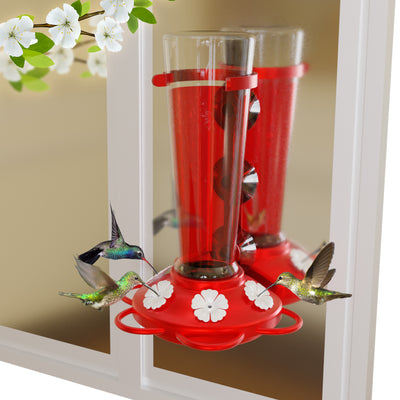

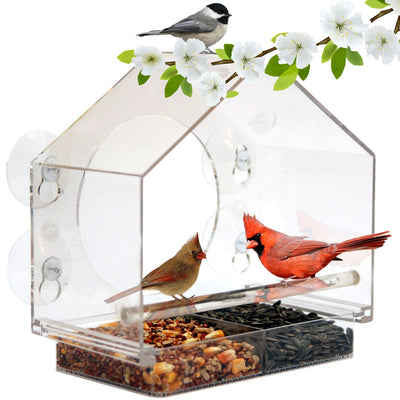


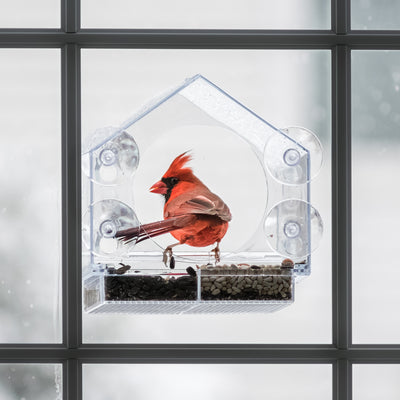
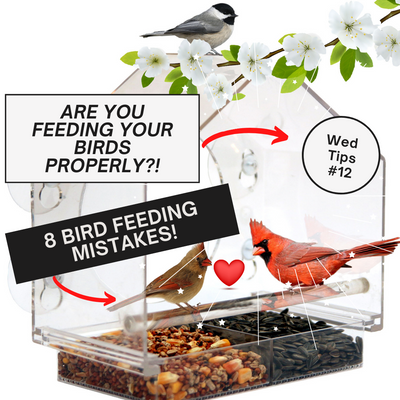
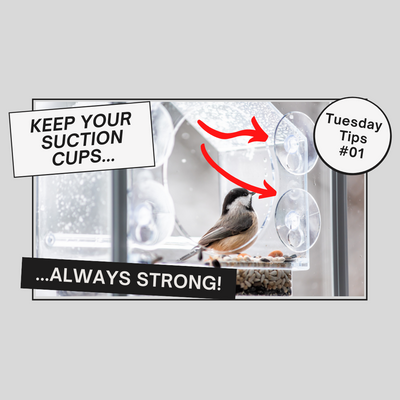
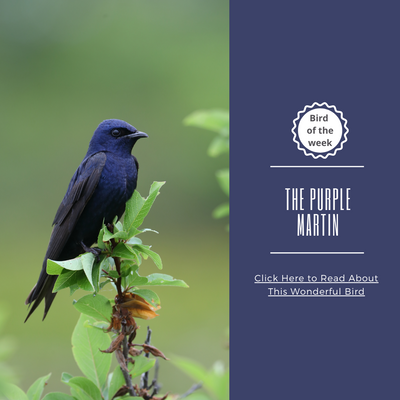
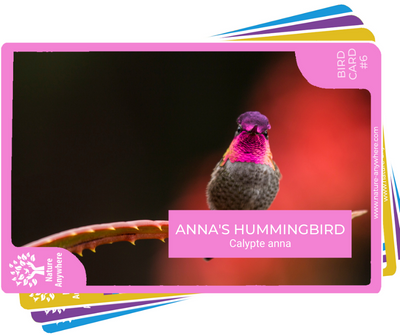
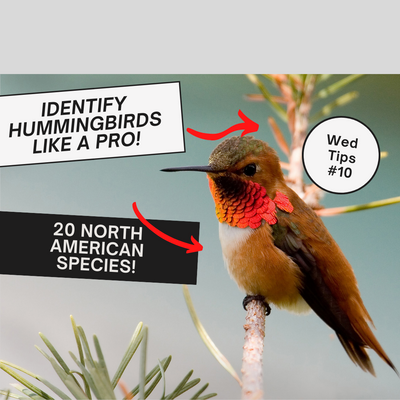
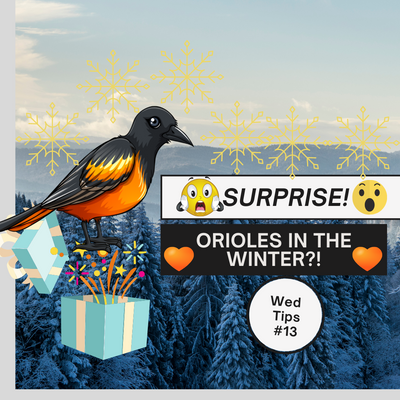

I hate starlings! Nasty birds! I’d like to take at least a thousand dead starlings and dump them on the stupid dead Germans grave!
We have an eight week old starling we rescued from a fallen and destroyed nest. He was merely a day or two old and has imprinted. His (or hers we don’t know yet) name is Cricket and eats fruit, veggies, seeds, insects, and egg so far.. we love him and will be anxious to see if he stays or goes when it’s time. Any tips? Thank you!
Starlings are so under-rated. They eat so many pests that could decimate a tree or garden.